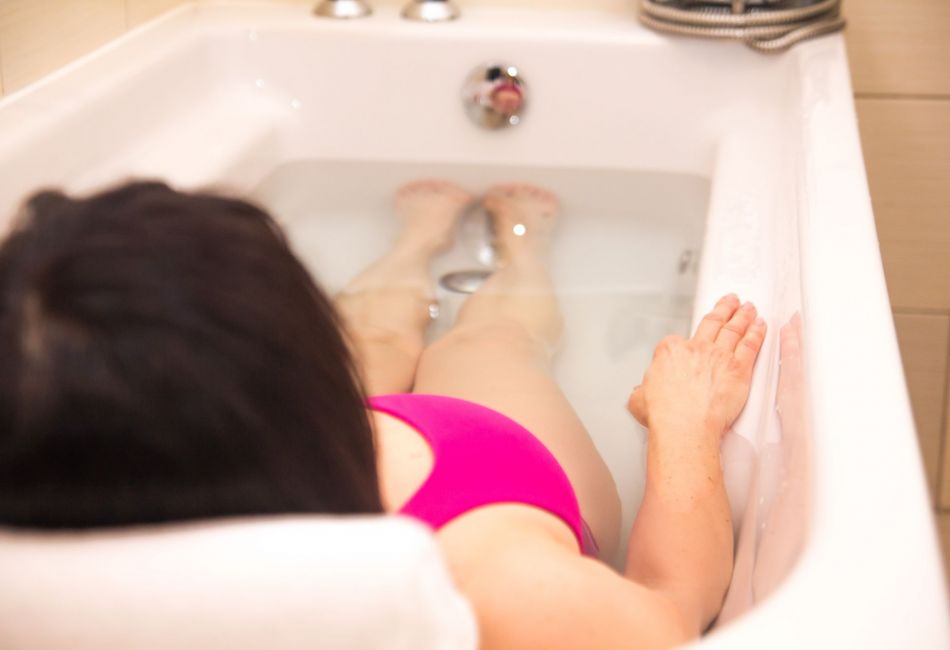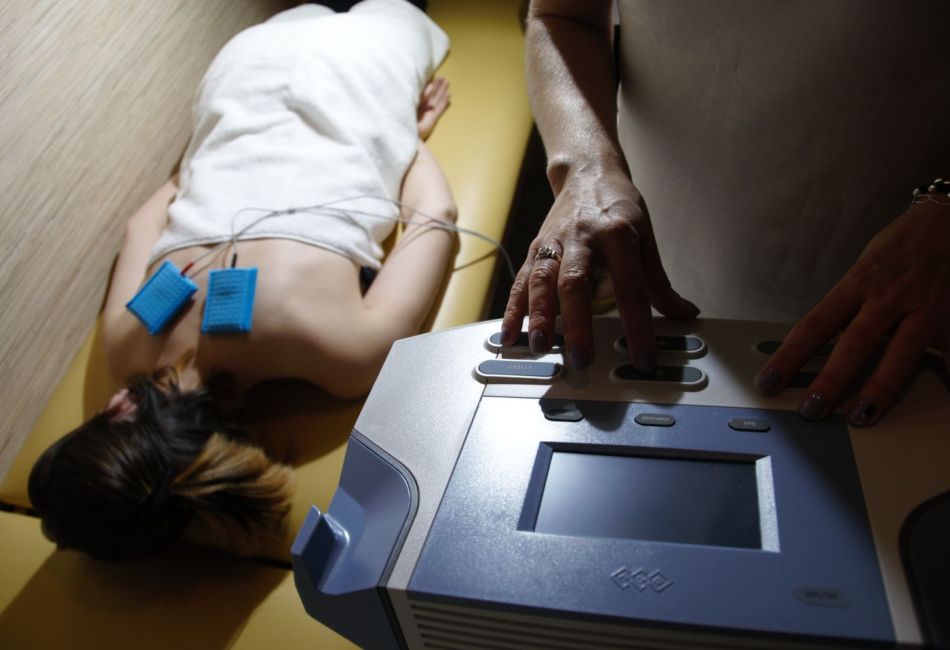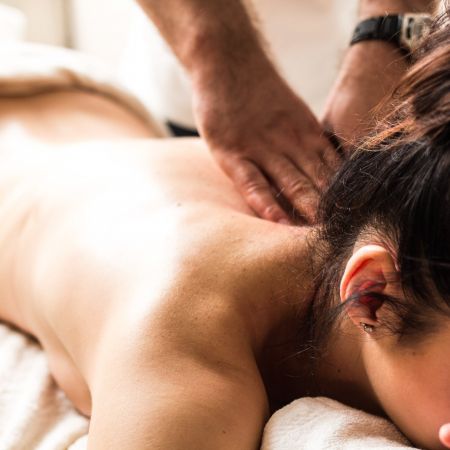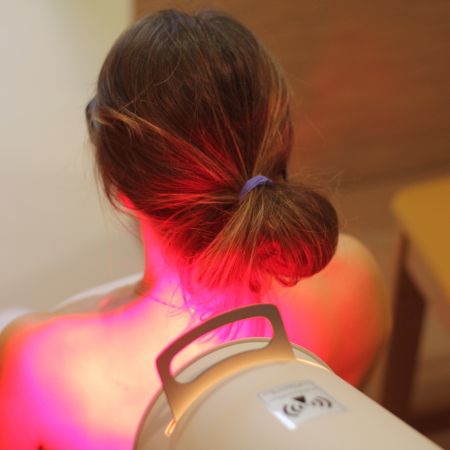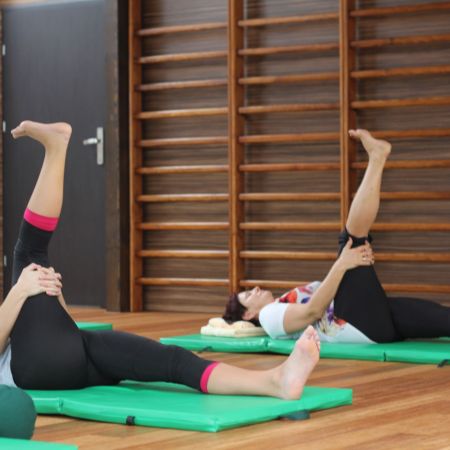Balneology
This therapy utilizes the healing properties of water to alleviate ailments and treat chronic diseases, including rheumatological, neurological, dermatological, and cardiological conditions.
Balneological treatments, based on the therapeutic effects of sulphur water, brine, peat, herbal baths, and hydrotherapy, primarily lead to significant pain reduction, improved circulation and nourishment of tissues and muscles, increased joint mobility, prolonged remission in relapsing diseases, and a strong detoxification and cleansing effect on the body (with sulphur waters). However, their systematic use over time allows for more lasting effects than relying solely on medication, and it is free from side effects.
Physical Therapy
This form of rehabilitation uses natural phenomena or those produced by special devices, such as electrical currents, light, magnetism, and ultrasound, to treat, enhance bodily functions, and relieve pain in pathological areas.
Thermotherapy
This involves therapeutic actions using high or low temperatures. A particular form of thermotherapy is cryotherapy, which uses temperatures below 0°C.
Cryotherapy improves lymphatic and venous drainage, reduces muscle tension, and slows nerve conduction.
Therapeutic Massages
These are among the most popular therapeutic and cosmetic treatments. During a massage, techniques and methods are used to improve the state of soft tissues through nourishment and oxygenation, leading to their relaxation.
Massages enhance blood and lymph circulation, firm the skin, stimulate metabolism, and promote relaxation, improving well-being and mood.
Manual Therapy
Holistic Manual Therapy is a modern treatment model that treats the person as a whole, emphasizing the importance of the entire organism rather than just individual elements.
It is essential to identify the causes of the patient’s ailments. There is no rigid template for treatment; the therapist places great emphasis on activating the patient and working individually with them to properly diagnose health conditions, heal them, and prevent recurrences.
Kinesitherapy
Also known as movement therapy or therapeutic gymnastics, its aim is to restore the patient’s full or at least partial mobility, as well as the efficiency of the circulatory, respiratory, nervous, digestive, and urinary systems.
The self-therapy used at Lawendowy Zdroj is a system of therapy and prevention for musculoskeletal pain syndromes. These are group or individual sessions featuring relaxing and balancing exercises for the muscular system. Self-therapy also includes educating patients and encouraging them to continue exercises at home after returning from their stay, as precise and systematic application of the exercises in the self-therapy program prevents recurrence of ailments.






